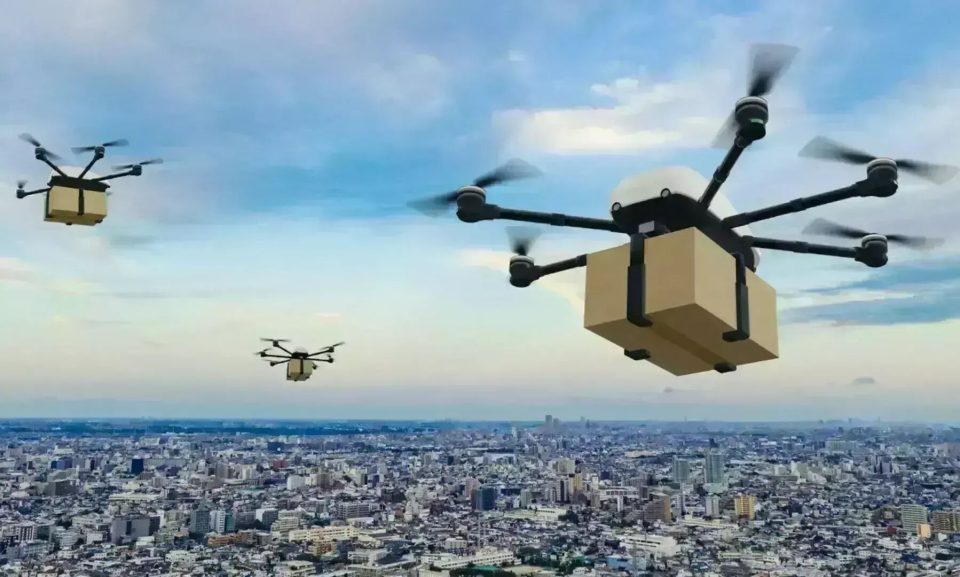The heavy lift drone industry is on a remarkable growth trajectory, with the global market expected to more than double in size by 2030. According to the latest data from Valuates Report, the market was valued at $613 million in 2023 and is forecast to reach approximately $1.5 billion by 2030, reflecting a compound annual growth rate (CAGR) of 13.9% over the next several years.
Heavy lift drones, sometimes called unmanned aerial vehicles (UAVs), are engineered to carry and operate heavy equipment. Their robust design allows them to balance payload and battery weight with flight endurance and significant lifting power. These drones are increasingly being deployed across military, commercial, and agricultural sectors, where the need to transport substantial payloads efficiently is critical.
In the military, heavy lift drones are being used for logistics and supply drops in challenging terrains, reducing the need for manned missions in dangerous zones. Commercially, industries like construction, mining, and energy are turning to these drones for tasks such as delivering equipment to remote sites, conducting inspections, and even supporting disaster relief operations. In agriculture, they’re being used to transport supplies, spread fertilizers, and monitor large-scale operations, all while saving time and reducing labor costs.
The projected leap from $613 million in 2023 to nearly $1.5 billion by 2030 is significant, but it’s not surprising given the expanding list of use cases and the rapid pace of technological advancement in drone design. The 13.9% CAGR highlights how quickly businesses are adopting these solutions and how manufacturers are responding with more capable, efficient, and cost-effective models.
The surge in demand for heavy lift drones is being driven by several key factors: technological advancements, such as improvements in battery technology, materials, and autonomous navigation systems, are making these drones more reliable and capable; regulatory clarity, as governments establish clearer rules for drone operations, is encouraging companies to invest in drone fleets for regular use; labor shortages in various sectors are prompting organizations to turn to drones as a solution for maintaining productivity without relying on scarce human labor; and environmental concerns are motivating the adoption of drones, which can reduce the reliance on ground vehicles or helicopters, thereby cutting emissions and operational costs.
Despite the optimism, there are hurdles. Regulatory environments vary widely across regions, and airspace restrictions can limit where and how drones are used. Battery life and payload capacity, while improving, still pose technical constraints. Additionally, the upfront cost of acquiring and maintaining a fleet of heavy lift drones can be substantial for some organizations.
With the market expanding, competition among drone manufacturers is intensifying. Companies are racing to develop drones that can carry heavier loads, fly longer distances, and operate autonomously with minimal human intervention. This is spurring innovation not just in drone hardware, but also in supporting software, logistics, and data analytics.
The heavy lift drone sector offers investors exposure to a high-growth technology with applications across multiple industries. As the technology matures and adoption widens, heavy lift drones are poised to become a fixture in logistics, construction, agriculture, and beyond. The market’s projected growth to $1.5 billion by 2030 is a testament to the sector’s momentum and the increasing role drones will play in shaping the future of work and transportation.

